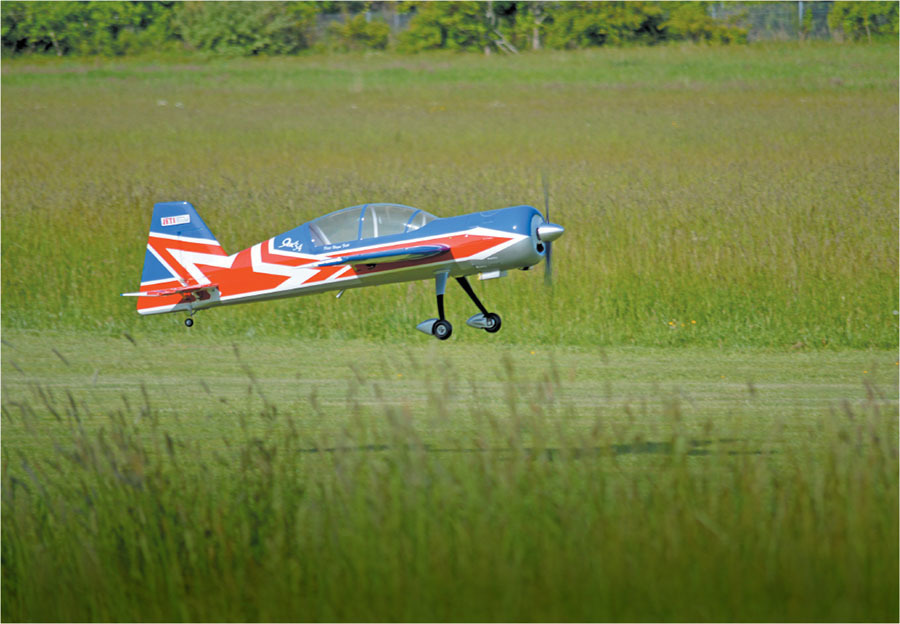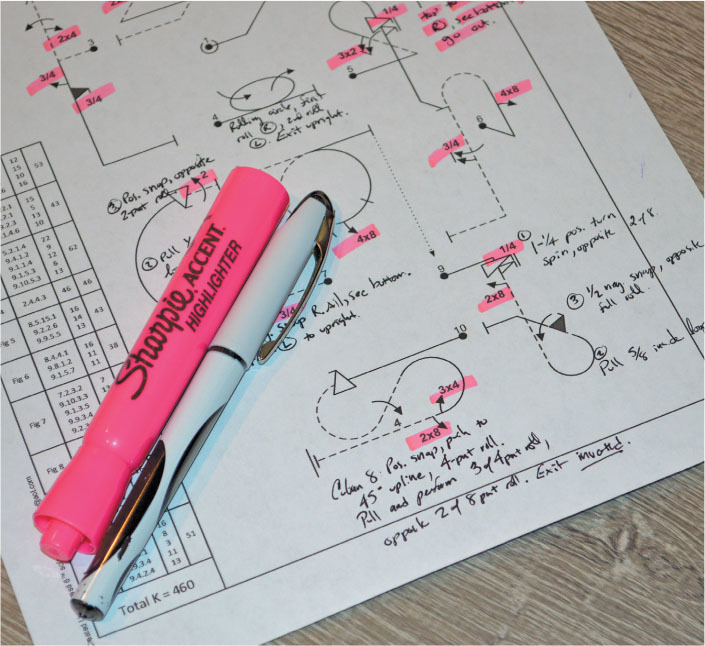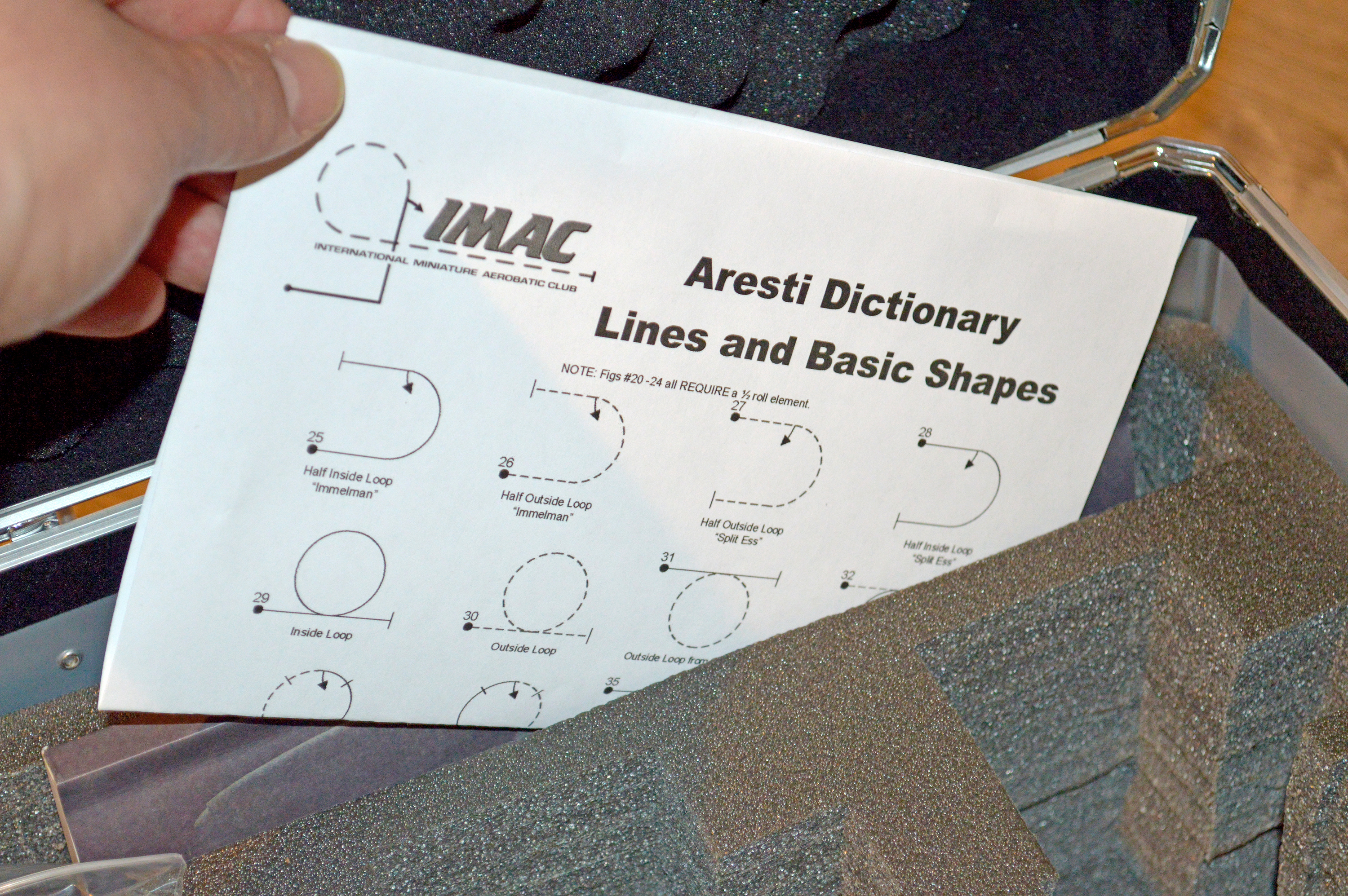Fundamentals For Scale Aerobatics Success By John Glezellis | [email protected]
Image

There is no greater satisfaction than coming in for an approach and touching down after a perfect routine has been flown. Doing so, however, takes time, practice, the right aircraft setup, and a thorough understanding of the rules and judging criteria that apply. THERE IS NO DOUBT that our goal as International Miniature Aerobatic Club (IMAC) competitors is to execute each figure—whether in a Known or Unknown schedule (if applicable)—to the best of our ability, and then to perfection. However, doing so not only requires the right abilities as a pilot but also a full understanding of the maneuvers that are to be flown and the criteria upon which we are judged. This month, I will begin by examining a few fundamentals that are key to Scale Aerobatics success. I will then look at examples of two different maneuvers found in the 2022 Unlimited Known program that are of almost equal importance in terms of the final score. You will then learn about a few flying and judging elements for not only the base of each figure but also how to handle wind when it’s present. Without further delay, let’s begin!
The Right Foundation
If you are new to the world of Aresti, the Aresti Catalog is the FAI standards document that shows what maneuvers are allowed in aerobatics competition. The term Aresti is named after Spanish aviator Col. José Luis Aresti Aguirre. Each maneuver found in this catalog is represented by lines, arrows, geometric shapes, and numbers that document the exact figure to be performed by the pilot. One useful tool that I would like to share is found on the official IMAC website, listed in "Sources." Select Downloads, followed by Training Files, then Aresti Dictionary. This tool is extremely helpful to understand the differences between hesitation rolls and the basic form of all aerobatic maneuvers that are to be flown at an IMAC competition. The Aresti Dictionary illustrates different rotation amounts and defines the names for certain maneuvers as they pertain to the Aresti diagram for that particular figure, which serves as an aid while writing out a call sheet that your caller can use during a practice or competition flights.Image

When going through a sequence for the first time, the author typically highlights any critical rolls, writes a brief description of what elements are to be performed, and documents directional items for a cross-box exit to have options for how the model exits traveling away from or toward himself. He then writes the maneuvers out in complete sentences for his caller to read them exactly as he prefers. Similarly, familiarize yourself with the rulebook by visiting the official IMAC website and selecting Downloads, followed by Rules, and then selecting and downloading the AMA Scale Aerobatics Rulebook.
Let’s Talk About Examples!
As you look at the 2022 Unlimited Known program, many maneuvers have a high individual K-factor—even some maneuvers that are quite different in terms of what elements are found within. If you are unfamiliar with the term, K-factor is simply known as the difficulty factor for each maneuver that is taken from the Aresti Catalog. It is important to know this because during tabulation, each individual maneuver score is multiplied by its K-factor, whereas the flight score is the total of the K-factored scores.Image

The Aresti Dictionary described in this column is ideal to print out and keep in your transmitter case. This is an excellent reference tool if anything is unclear, especially when going through an Unknown program. Looking at the Unlimited program, maneuver four is a rolling circle with two rolls in opposite directions. During the maneuver, the first roll must be to the outside, whereas the second roll will be to the inside. A judge will look for items that include, but are not limited to, any change in roll rate or the rate of the turn, as well as changes in altitude. If a rate stoppage of the roll is performed, each stopping point will result in a deduction of one point (this does not apply to the roll direction change that is required in this example), and each variation in the roll rate is a one-point deduction. On the other hand, the ninth maneuver of this schedule is a spin that is combined with a 5/8 loop and contains many different elements that must be perfected. Starting from upright, the pilot is to first perform a 1-1/4 turn upright spin followed by two points of an eight-point roll in the opposite direction as the spin rotation. It is important to note that a spin and a roll combined on the same vertical downline will always be unlinked, and the aircraft must stall in order for a proper spin to exist. For the stall, the nose of the model and a wingtip will drop at the same time, showing the start of the autorotation. If this does not happen, a downgrade will occur. After the desired number of rotations are complete, the two points of an eight-point roll must be flown in such a way that the roll rate and the rhythm of the points are consistent. Should this not be the case, each visible variation in the duration of the pause segments is downgraded by one point. The pilot will then pull 5/8 of an inside loop and perform a half-negative snap, followed by an opposite-direction full roll and an upright exit. For the 5/8-loop segment, when the looping portion of the figure is immediately preceded or followed by a roll or rolls, there must be no visible line between the roll and loop elements. The rolls on vertical and 45° lines must be centered, with the exception being any rolls following a spin. For this particular figure, the half-negative snap and opposite direction full roll will be centered. As you can see, these two maneuvers are quite different in nature, but with a similar overall K-factor, they are of nearly equal importance to the final sequence score and must be treated equally in terms of practice.
Wind Correction Basics
The only maneuvers that are not to be wind-corrected are those that involve a stalled condition, such as a Hammerhead, tailslide, spin, and snap roll(s). Wind in terms of the spin, means that drift because of wind can only exist for the spin rotation and will not be downgraded. However, the entry line into the spin and the line upon the rotation completion is to be wind-corrected, and any deviation in pitch, roll, or yaw is to be downgraded at a half point per 5° of misalignment. As the model approaches the stall, the aircraft might change in terms of yaw and lean into the wind if a crosswind is present. This might result in the model rotating more or less than the specified amount. Although the aircraft might drift for the 1-1/4-turn upright rotation, the two points of an eight-point roll and line segment must be wind-corrected so that the flight path is vertical. The pilot will then pull 5/8 of an inside loop. Wind correction must again exist for not only the looping segment but also the half-negative snap that is followed by an opposite-direction full roll. In the case of the rolling circle, the model should not drift. This might mean that the pilot has to tighten certain portions of the figure or be lax in other areas of the figure to allow the rolling circle to be perfectly circular when viewed from above. This can be quite a challenge in high-wind conditions, and throttle management is mandatory!Closing Thoughts
As a serious Scale Aerobatics competitor, you must understand the elements against which you will be judged. Throughout the course of this column, I have only touched upon the surface, but many tools exist, some of which are found on the official IMAC website. Practice is important, but only if you have the knowledge that is required, especially with respect to the rulebook. With that, proper practice techniques make perfect! Until next time, fly hard!SOURCES:
IMAC
www.mini-iac.org
www.mini-iac.org
AMA Competition Regulations for Radio Control Scale Aerobatics 2022-2023
Document










Comments
This article is very
This article is very informative.
Add new comment